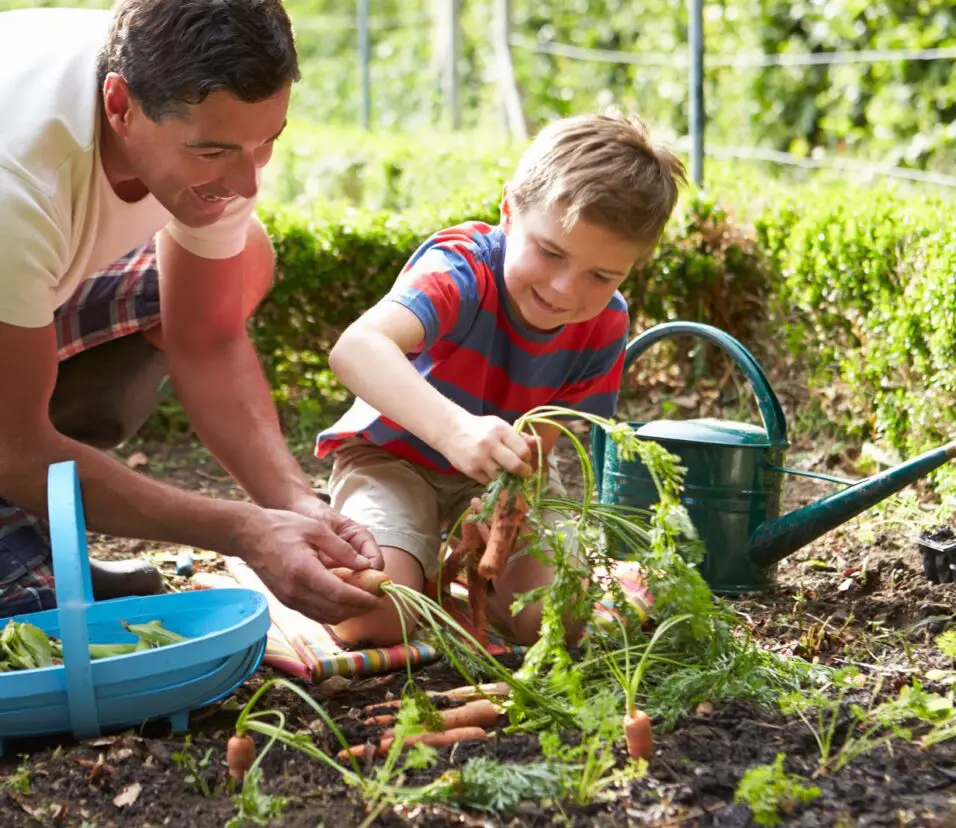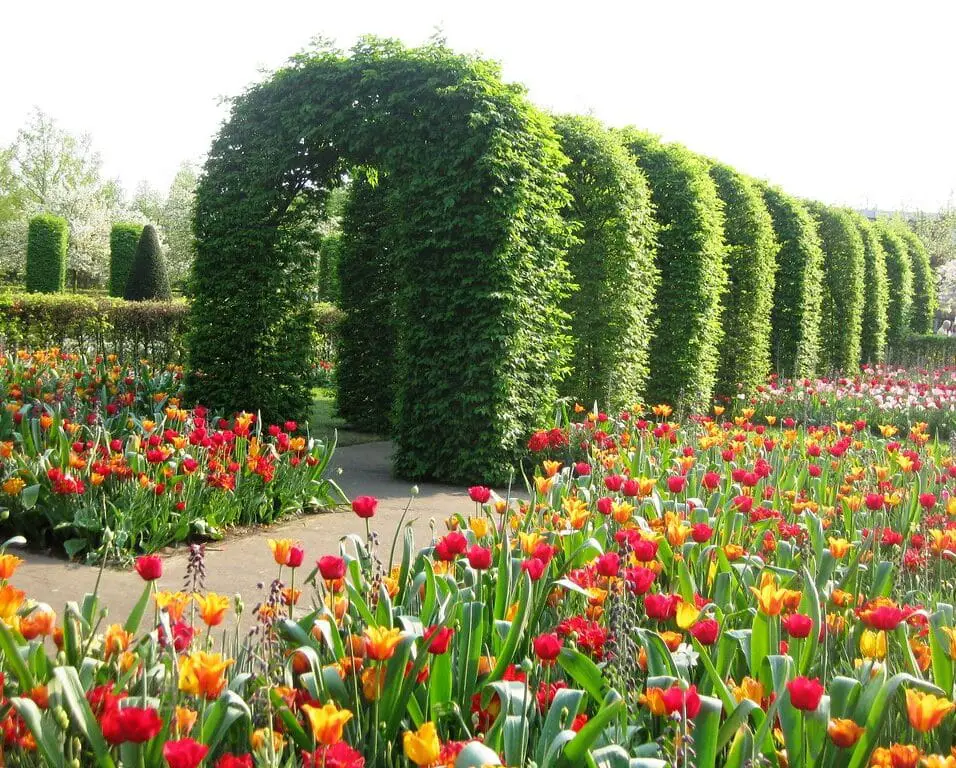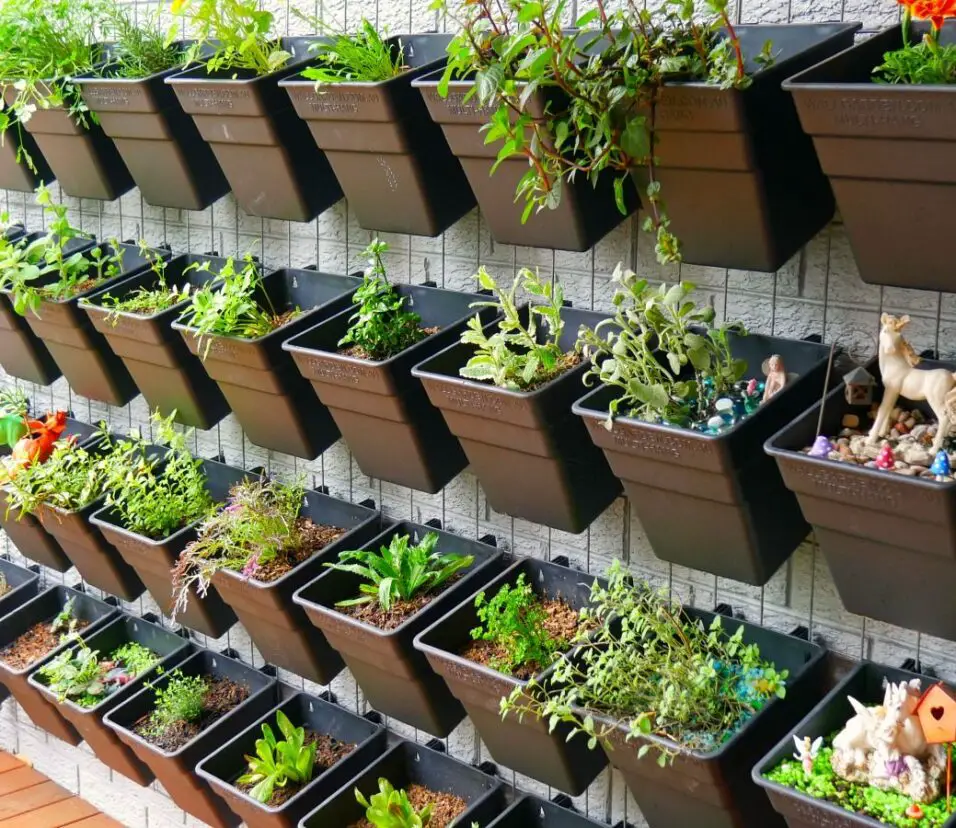What Is Vertical Gardening
Introduction
What Is Vertical Gardening: Vertical gardening is a innovative and space-efficient approach to cultivating plants, enabling individuals to harness the beauty and benefits of greenery even within limited urban settings. As urbanization continues to rise and available land dwindles, vertical gardening offers a creative solution to maximize the use of space while adding aesthetic appeal to both indoor and outdoor environments.
Vertical gardening is a versatile practice that accommodates a wide array of plant species, ranging from ornamental flowers and herbs to vegetables and even small fruit-bearing plants. It caters to various preferences, from those seeking to beautify their surroundings to individuals interested in sustainable urban agriculture. Moreover, it offers the potential to transform unused or unsightly spaces into vibrant, living displays.
In this modern era where green spaces are becoming increasingly scarce, embracing vertical market gardening showcases a harmonious fusion of nature and architecture, ushering in a greener, more sustainable future. Whether adorning a balcony, enhancing interior decor, or enlivening public spaces, vertical gardening stands as a testament to human ingenuity and the enduring connection between humans and the botanical world.

What does vertical gardening mean?
A vertical garden is a garden that is installed along vertical supports instead of horizontally along rows in the ground. “Vertical garden” is an umbrella term that can encompass many different vertical gardening setups. This is evident since container vertical gardens go by many different names: Living wall. Green. Vertical gardening is a innovative cultivation method where plants are grown upwards, utilizing vertical spaces to maximize limited areas.
This technique has gained prominence due to its space-saving advantages, making it particularly appealing in urban environments with limited land. By capitalizing on height, vertical gardening allows for increased plant density and diversity. Various plants, including vegetables, herbs, flowers, and even fruits, can be grown using this method.
Vertical gardening offers multiple benefits beyond space efficiency. It enhances aesthetics by transforming bland walls into lush, living displays. It also provides better air circulation and sunlight exposure, reducing the risk of pest infestations and diseases. Furthermore, vertical gardens can improve insulation and reduce energy consumption in buildings.
Methods for vertical gardening include trellises, wall-mounted planters, pallet gardens, and hydroponic systems. Its versatility allows gardeners to adapt the technique to their unique needs and preferences.
What is the aim of vertical gardening?
A vertical garden keeps a building cool in summer and warm in winter, thus enabling you to save electricity. Aesthetic benefits: Vertical gardens enable you to maximise limited space and reclaim disregarded space. A green wall can transform empty space into aesthetically pleasing and creatively stimulating eye candy.
Beyond space efficiency, vertical gardening seeks to enhance various aspects of plant growth and management. Improved sunlight exposure is a key objective, as vertical arrangements allow plants to receive optimal light, which is crucial for their photosynthesis and overall health. Additionally, better air circulation can mitigate issues related to pests and diseases, creating a healthier growing environment.
This approach aligns with the broader goals of urban beautification and ecological balance. By integrating greenery into urban architecture, vertical gardening aims to improve air quality, reduce heat island effects, and promote biodiversity in urban areas. Ultimately, the aim of vertical gardening transcends mere aesthetics, striving to create a more harmonious and sustainable coexistence between human habitats and the natural world.
Which plant used in vertical garden?
Succulents. String of Pearls, Echeveria, Crassula, and Sedum are succulents for vertical gardens. Due to their durability, succulents are employed in vertical gardens.
Vertical gardens can use many plant species with different sizes, growth habits, and care needs. Ivy, ferns, and succulents are popular ornamental plants because they cascade gracefully down vertical structures, creating rich and attractive displays. Petunias, begonias, and impatiens lend color to vertical garden layouts.
Basil, mint, thyme, and parsley are popular culinary herbs for edible vertical gardens due to their compact growth and culinary use. Compact plants like cherry tomatoes, lettuce, and peppers may grow vertically, offering fresh supply in small spaces.
Beans, cucumbers, and peas climb and interweave with support systems, making them perfect for trellises and pergolas. Strawberry plants drape beautifully over pots, making them ideal for vertical gardens.
Sunlight, environment, and personal preferences determine vertical garden plant selection. Vertical gardening allows for imaginative plant combinations that satisfy aesthetic, practical, and gastronomic needs, turning walls, fences, and structures into vivid, functional living works of art.
What is another name for a vertical garden?
A vertical garden is often called a “living wall” or “green wall.” Living walls, vertical plant arrangements, add color and nature to indoor and outdoor environments. Green walls simulate vertical plant growth and often feature a variety of plant types.
Living walls have become popular as a sustainable and attractive solution to urban issues including air pollution and space shortages. These walls provide nature to cities and improve air quality, temperature regulation, and biodiversity.
Green walls are either “green façades” or “green screens.” Training climbing plants on building supports creates green façades. In contrast, green screens require planting directly into modular systems or wall-mounted pots. Both types have distinct designs and planting methods for different climates, plant preferences, and architectural surroundings.
Living walls demonstrate the integration of architecture, horticulture, and sustainability. As cities evolve, living walls offer a compelling and novel approach to reconnect with nature and reap its advantages.
What is vertical gardening and how does it differ from traditional horizontal gardening methods?
Vertical gardening uses walls, fences, and trellises to grow plants vertically instead than horizontally. Vertical gardening uses vertical surfaces to grow lush, healthy gardens, unlike conventional gardening. This method is popular in metropolitan areas with limited space.
Vertical gardening differs from horizontal gardening mainly in plant development orientation. Gardens employ empty wall space to grow plants vertically. Vertical growth provides for higher plant density in a smaller space, making it suitable for land-constrained environments.
Vertical gardening saves space, turns bare walls into brilliant living displays, and improves sunlight and air circulation, decreasing pests and diseases. This strategy also allows for imaginative planting of edibles, ornamentals, and medicinal herbs. Vertical gardening is an innovative and sustainable way to integrate nature and built settings as urbanization changes landscapes.
What are the main advantages of practicing vertical gardening, especially in urban environments?
Practicing vertical gardening, especially in urban environments, offers a multitude of significant advantages. Firstly, it maximizes space utilization by transforming underutilized vertical surfaces into productive gardens, addressing the spatial constraints of cities. This enables urban dwellers to cultivate a diverse range of plants, from vegetables to ornamentals, even in limited areas.
Vertical gardening also enhances aesthetics, converting barren walls into vibrant living art installations. This green infusion contributes to improved air quality, as plants filter pollutants and release oxygen, ultimately fostering a healthier urban atmosphere. Additionally, vertical gardens provide natural insulation, reducing energy consumption for cooling and heating in buildings.\
Can you explain the concept of a “living wall” or “green wall” in relation to vertical gardening?
A “living wall,” or “green wall,” is a stunning vertical gardening technique that creates a lush floral tapestry on vertical surfaces. Exteriors, interiors, fences, and freestanding constructions are examples. A living wall transforms inert rooms into vivid, dynamic landscapes by encouraging vertical plant growth.
Living walls are usually green façades or screens. Green façades use climbing plants on building supports to cover the surface. However, green screens are modular systems or containers loaded with plants mounted to walls to create a multi-layered look.
This design blends architecture and nature to improve urban air quality, insulation, and aesthetics. Besides their aesthetics, living walls provide habitats for insects and birds. They contribute to sustainable design by cooling buildings, reducing energy use, and reducing urban heat island impacts. live walls integrate live organisms into urban fabric, creating living, breathing ecosystems with ecological and aesthetic benefits.
Could you provide examples of different methods or structures used in vertical gardening, and how do these methods contribute to the overall success of the technique?
Several methods and structures are employed in vertical gardening, each contributing to the success of the technique by accommodating different plant types, optimizing space, and enhancing plant health.
Trellises and arbors are common vertical gardening structures that provide support for climbing plants. These structures encourage plants to grow vertically, saving space and creating an attractive visual display. Pallet gardens involve repurposing pallets as vertical planters, enabling plants to thrive in a multi-level arrangement.
Wall-mounted planters, often utilizing pockets or trays, are designed to affix directly to walls, facilitating easy installation and maintenance. Modular systems, consisting of interlocking containers, allow for flexibility in design and plant selection. Hydroponic and aeroponic systems enable vertical gardening without soil, utilizing nutrient-rich water or mist to nourish plants, ideal for indoor spaces.
Living walls with soil-filled pockets or containers showcase diverse plant species on vertical surfaces, enriching aesthetics and enhancing air quality. Green screens are versatile for both indoor and outdoor use, providing a framework for plants to grow in confined spaces. Each method or structure tailors vertical gardening to specific environments, while collectively contributing to the technique’s triumph by maximizing space, supporting plant growth, and integrating nature into diverse settings.

Conclusion
Vertical gardening represents a revolutionary shift in the way we cultivate and interact with plants, particularly in the context of space-constrained urban environments. This innovative technique harnesses the power of vertical spaces, transforming barren walls, fences, and structures into vibrant living canvases. As our world continues to urbanize, the concept of vertical gardening emerges as a beacon of sustainability, efficiency, and aesthetic appeal.
Vertical gardening’s key distinction lies in its departure from conventional horizontal planting methods. By capitalizing on vertical surfaces, it optimizes space, allowing for lush greenery to flourish in areas that were once considered unusable. This not only brings a touch of nature into urban landscapes but also provides tangible benefits like improved air quality, energy conservation, and biodiversity enhancement.
The versatility of vertical gardening is another testament to its significance. It accommodates a wide spectrum of plants, from edible crops to ornamental blooms, fostering creative designs that reflect individual preferences and environmental needs. Moreover, vertical gardening has the potential to bridge communities through shared spaces and educational opportunities, promoting a deeper understanding of sustainable living practices.
In the face of urbanization’s challenges, vertical gardening presents an elegant fusion of human ingenuity and nature’s resilience. As cities continue to evolve, this practice serves as a compelling embodiment of our commitment to coexisting with the natural world, showcasing that even in the most confined spaces, the spirit of growth and renewal can thrive vertically, reaching new heights of ecological harmony.







